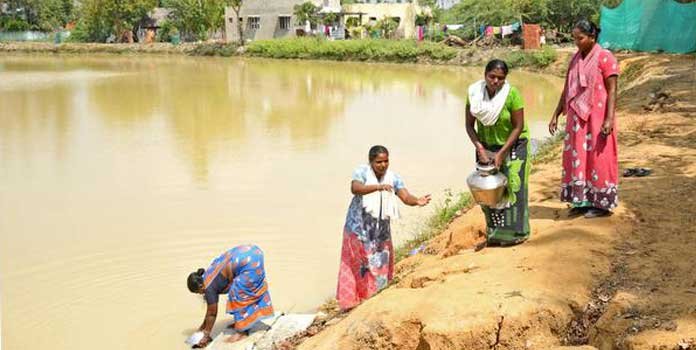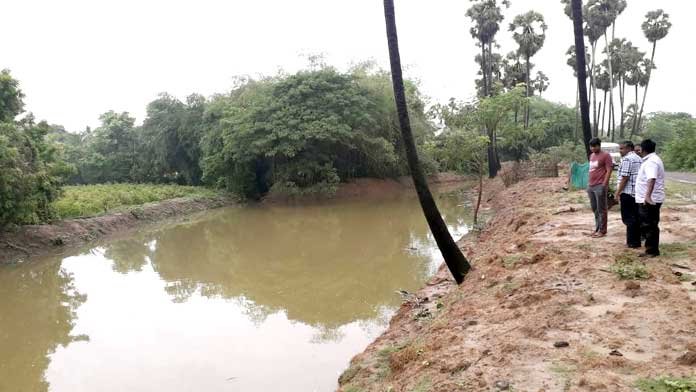
IAS Officer revived 178 ponds and tanks with Cholas adopted policies in puducherry. Karaikal district in Puducherry, a drought hit area in 2019 once. Afterwards, it is drought free in a single-year now. Due to, IAS revived Puducherry’s 178 ponds, tanks with Cholas adopted policies.
Who made it possible and how?
Here are the interesting facts behind the remarkable changes that taken place in Karaikal district.
Karaikal district in Puducherry, the groundwater levels dropped to a depth of 200 to 300 feet in 2019. As a result, there was a severe drought. In this order, the area declared as a drought area.
Accordingly, it became a challenge for Mr. Vikrant Raja, the collector there, to get the district out of the drought. He thought that the only way to get rid of drought was to restore the ponds and tanks. He immediately started the revival of local ponds and tanks.
IAS officer revived 178 ponds and tanks
Vikrant Raja Nam Neer, the district collector, launched a project to improve groundwater and free the district from drought. He adopted the Chola dynasty policies, implemented in the 9th century CE.
Most importantly, Cholas dynasty had a well established and highly efficient water managent system. Rajendra Chola built Solagangam tank which is about 16 miles long. During cholas dynasty, there were multiple outstanding lakes, existed even today. They provided with sluices and canals for irrigation.
Vikrant brought the past glory back with revival
IAS revived Puducherry’s 178 ponds, tanks with the Cholas adopted policies. During Vikrant’s period, he rehabilitated 450 ponds and ditches. In just 3 months, he brought 178 ponds and tanks back to life. Finally, He brought them the past glory.
Concord efforts made it possible
Local organizations, educational institutions, temple committees, corporate and the government officials involved in the project specially. So that, all the ponds and tanks rehabilitated in such a short period.
Chola kings built a wonderful network of irrigation
There were about 400 reservoirs in the Karaikal region during the Cholas period. Among those, there are ponds, lakes, and tanks. With this, the Cholas experts built a wonderful network of irrigation in their kingdom at that time.
However, when the floods came, the water from the Kavery River overflowed and flooded the district. In this order, ditches and ponds set up to store the extra water everywhere. Sluices and Canals built to allow water to flow. There was never a shortage of water. It would have been trouble-free if the floods had come.
IAS Officer Vikrant Raj approaches revived the ponds
Similarly, Vikrant Raj followed the exact procedure of the Cholas. As a result, water came to the district again. As a part of this project, the puddles, and ponds restored. We can see the tides in the ponds and tanks everywhere now.
In addition to the revival, the workers got employment under the Employment Guarantee Scheme(EGS). Groundwater levels have risen. Vikrant Raj said that all this was possible only if the people and the government worked together.

Social responsibility comes to aid
Furthermore, besides the government authorities, corporations have also provided financial assistance to rehabilitate some ponds under social responsibility in deed. More ponds and ditches rehabilitated, water is overflowing now in Karnail region.
Also read : Another chance for regularisation of Sadabainama in Telangana
Truly, the dedication of Vikrant brought the district freedom from the drought. This is because of the restoration of ponds, tanks, puddles, and ditches.
In brief, if such programs adopted across the country then no water problem will occur for the people!
The restoration of ponds and tanks is mandatory to avoid floods
In conclusion, the restoration of ponds and tanks is mandatory. It can protect us from the rains. With this technology, it is possible to prevent houses and roads from floods. Otherwise, the water will have no way to go. All that water will flow into the houses and onto the roads.



















